Hi there, pet lovers! 🦐
Triops are among the most extraordinary creatures you can keep as pets. These tiny, prehistoric crustaceans have existed virtually unchanged for over 200 million years, surviving in temporary desert pools that appear and vanish within weeks. Often called “tadpole shrimp” or “dinosaur shrimp,” Triops offer a unique, low-maintenance, and educational pet-keeping experience.
In this detailed review, we’ll explore everything you need to know about Triops—from their bizarre life cycle to their surprisingly simple care requirements. Whether you’re a beginner looking for an easy first pet or an experienced hobbyist fascinated by living fossils, this guide will help you decide if Triops are right for you.
Overview
Triops are small, freshwater crustaceans known for their rapid growth, short lifespan, and incredible survival adaptations. Here’s a quick summary of what makes them unique:
- Handling and Temperament: Not ideal for handling; best observed.
- Care and Maintenance: Easy but requires attention to water conditions.
- Health and Durability: Short-lived but eggs can last for years.
- Availability: Easily purchased as eggs online.
- Cost: Extremely affordable to start.
- Overall: A fascinating, educational, and low-commitment pet.
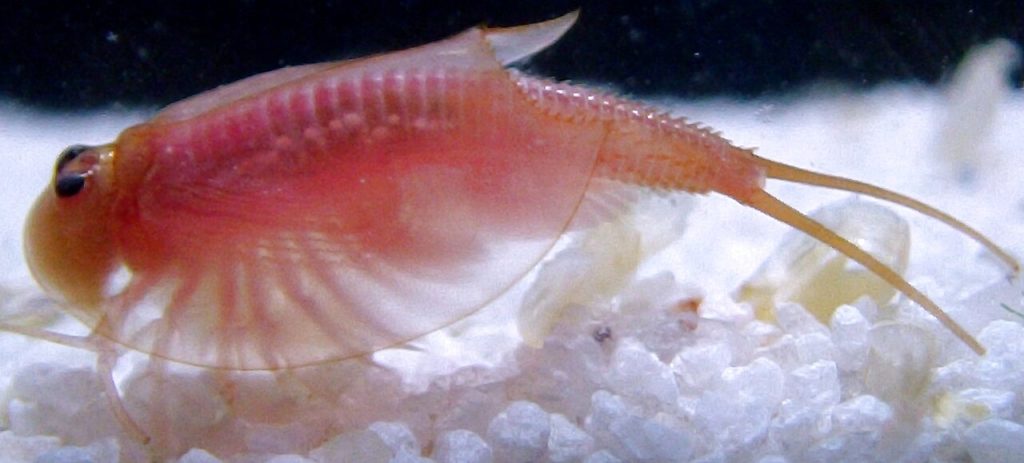
Why Choose Triops?
Triops are perfect for those who want a low-maintenance, short-term pet with a high “wow” factor. Their rapid life cycle (hatching, growing, breeding, and dying in weeks) makes them ideal for classrooms, kids, or anyone who enjoys observing nature in fast-forward.
Unlike traditional pets, Triops don’t need daily feeding, large enclosures, or complex care. Their eggs can remain dormant for years, meaning you can hatch them whenever you’re ready. Plus, their alien-like appearance and ancient lineage make them endlessly fascinating.
Handling and Temperament
Triops are not pets you handle—they thrive best when left undisturbed in their aquatic environment.
Why Handling Isn’t Recommended
- Fragile Bodies: Despite their armored look, they’re delicate and can be easily injured.
- Aquatic Dependence: They rely on water for oxygen and movement; removing them stresses them.
- Short Lifespan: Since they live only 4-8 weeks, unnecessary handling shortens their already brief lives.
Observing Triops Behavior
- Active Swimmers: They constantly forage, dig, and explore their environment.
- Cannibalistic Tendencies: If underfed, they may eat smaller tank mates (including siblings).
- Nocturnal Activity: They’re often more active at night.
Best Approach: Enjoy them through the glass! Their movements are mesmerizing, making them great desktop or classroom pets.
Care and Maintenance
Triops are easy to care for, but their needs are unique due to their ephemeral pool origins.
Setting Up the Ideal Habitat
- Container Size: A small tank (1-2 gallons) is sufficient for a few Triops.
- Substrate: Fine sand or smooth gravel (for egg-laying).
- Water Type: Distilled or rainwater (tap water can harm eggs).
- Temperature: 72-80°F (22-27°C) for optimal growth.
- Lighting: Bright light encourages hatching and activity.
Feeding Triops
- First 2-3 Days: Live microorganisms (from included kit sand).
- Afterward: Powdered fish food, spirulina, or crushed pellets.
- Optional Treats: Blanched veggies (carrot, zucchini).
Pro Tip: Overfeeding fouls water quickly—feed small amounts twice daily.
Water Maintenance
- No Filter Needed (for hatchlings): Gentle aeration helps.
- Partial Water Changes: Use aged or dechlorinated water.
- Avoid Sudden Changes: Triops are sensitive to water parameter shifts.
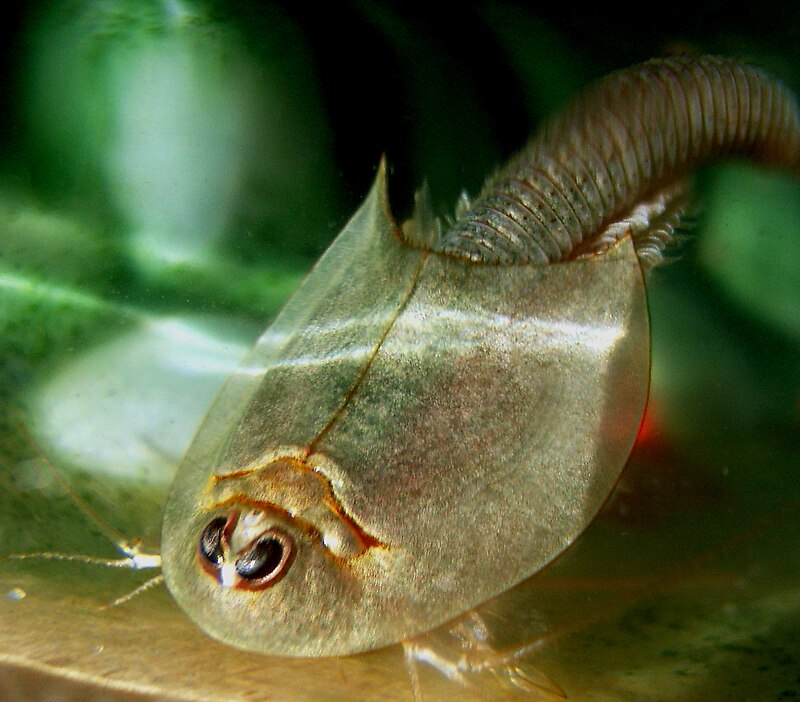
Health and Durability
Triops are hardy in nature but short-lived in captivity.
Common Health Considerations
- Short Lifespan: Naturally die after 4-8 weeks (even with perfect care).
- Molting Issues: Ensure calcium (cuttlebone or limestone) for proper exoskeleton growth.
- Water Quality Problems: Ammonia/nitrite spikes can kill them quickly.
The Secret to “Immortal” Triops
- Durable Eggs: Unhatched eggs survive years of drought.
- Harvesting Eggs: Dry sand from the tank can be reused for future hatchings.
Fun Fact: Some eggs won’t hatch until the second or third wetting, mimicking natural desert conditions.
Availability and Cost
Where to Buy Triops
- Online Kits: Amazon, specialized sellers (e.g., Triops King).
- Science Stores: Often sold as educational kits.
Cost Breakdown
- Eggs: $5-$15 per kit (includes food & sand).
- Setup: $10-$30 (container, water conditioner, heater if needed).
Budget-Friendly? One of the cheapest pets to start!
Pros and Cons
Pros
✅ Super affordable (no expensive equipment).
✅ Fast life cycle (great for short-term projects).
✅ Educational (teaches about life cycles, ecology).
✅ Eggs last years—hatch them anytime.
Cons
❌ Very short lifespan (weeks, not years).
❌ Not interactive (observation-only pets).
❌ Cannibalistic (need proper feeding to reduce this).

Final Thoughts
Triops are one of the most unique pets you can keep—no long-term commitment, no high costs, just pure fascination. They’re perfect for kids, teachers, or anyone who loves science.
While they won’t cuddle or recognize you, watching these living fossils swim, molt, and lay eggs is an unforgettable experience. If you’re looking for a low-maintenance, educational pet, Triops might be your perfect match.
Ready to start? Grab a kit, add water, and witness 200 million years of evolution in your own home!
For more exotic pet guides, stay tuned—we’ll help you explore the wild side of pet-keeping! 🦐

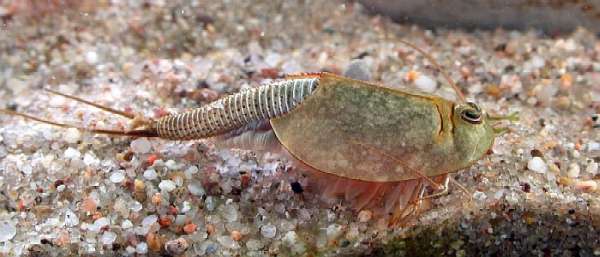

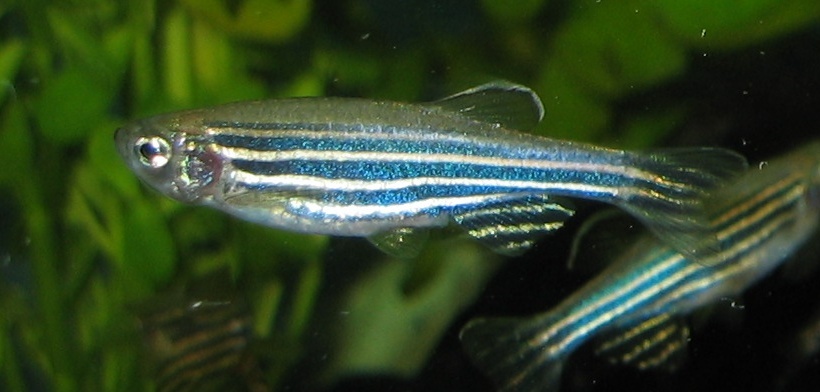

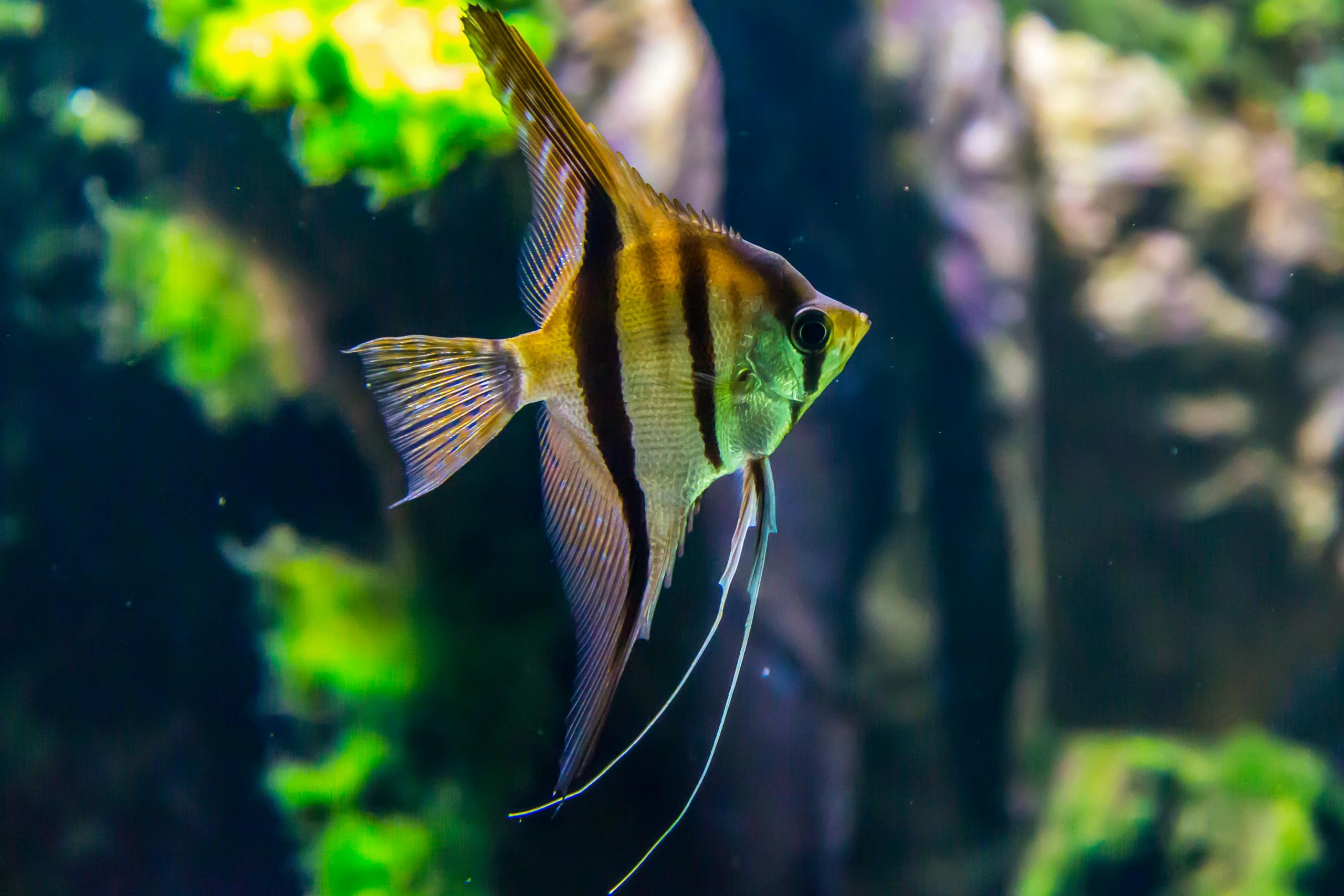
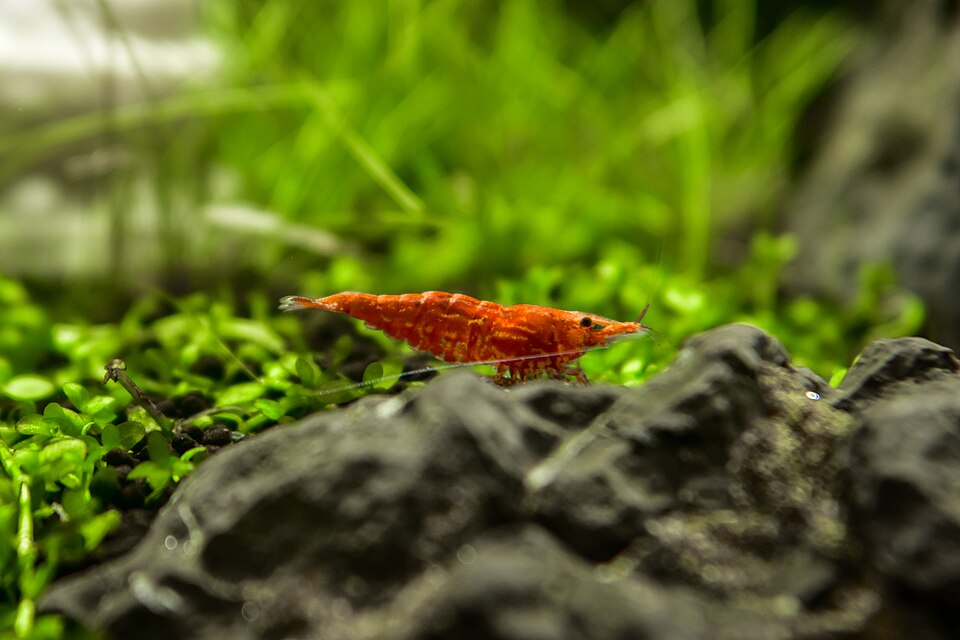

Leave a Reply